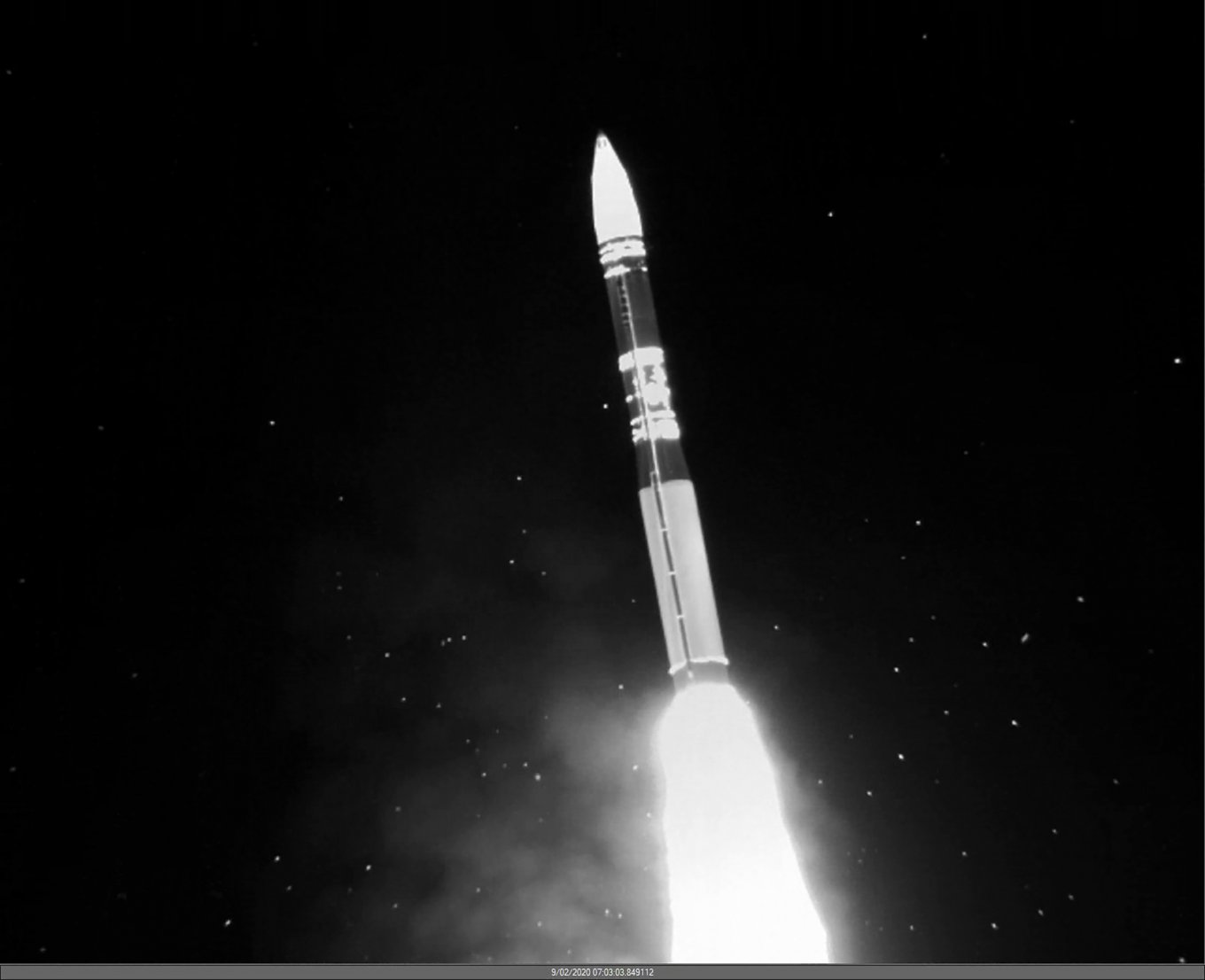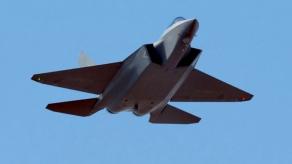Whenever the Kremlin issues nuclear threats to the rest of the world — an alarmingly popular rhetoric among the russian general population — it always avoids one critical reality. When officials or TV hosts say it only takes one decision to turn cities like Washington, London, or Paris into "radioactive ash," they forget to mention that russia is not the sole nuclear power.
Of course, they ignore this on purpose because common russian folk doesn't like to be reminded of this fact or consider that any nuclear aggression would guarantee russia's own annihilation: after all, this is how the whole concept of nuclear deterrence works.
Read more: Nuclear Strike Rehearsal: russia Launched RS-26 Rubezh or a Different ICBM on Ukraine, Consequences Are Null

Although russia is widely regarded as possessing the largest stockpile of nuclear weapons, totaling around 4,400 warheads, only 1,710 are deployed and combat-ready. These are distributed among land-based systems (approximately 870 warheads), submarines (up to 640), and strategic bombers (200).
The United States, with a slightly smaller total arsenal of 3,700 warheads, actually has more strategic nuclear weapons deployed — about 1,770. The carriers include 400 Minuteman III intercontinental ballistic missiles housed in fortified silos and 294 Trident II submarine-launched ballistic missiles.
While the U.S. has fewer deployed warheads — around 1,370 on missiles and 400 on bombers — the number of missile carriers in this class surpasses that of russia.

The concept of nuclear deterrence is centered around the principle of a so-called retaliatory strike that ensures mutual destruction. If either side launches its missiles, the other will immediately respond. For russia, this means that any aggressive decision would invite a devastating counterstrike involving over 1,000 warheads, obliterating its cities and infrastructure.
Given that American submarines patrolling the North Sea are closer to russian targets than their russian counterparts are to the U.S., the citizens of Moscow, St. Petersburg, and other key cities would be incinerated before they could witness what their leader has brought the world to.
Furthermore, the nuclear triad of the United States ensures that retaliation would be executed under any conditions. Missiles housed in reinforced silos and carried by submarines guarantee survivability even if the enemy manages to deliver a devastating first strike, and the U.S. Airborne Launch Control System (ALCS) provides a failsafe mechanism to issue launch orders even if the White House no longer exists.
Similarly, France and the United Kingdom maintain their nuclear deterrence on submarine platforms, ensuring second-strike capabilities. France operates four Triomphant-class submarines, each equipped with 16 M51 MIRV missiles capable of carrying approximately 240 nuclear warheads.
The UK fields four Vanguard-class submarines, each armed with Trident II missiles and a total of 120 deployable nuclear charges. Both nations have measures, like the UK’s "Letters of Last Resort," which provide instructions to nuclear carriers if their homeland is no more.
Read more: Where Are American and NATO's Weapons to Answer russian RS-26 Rubezh ICBM














